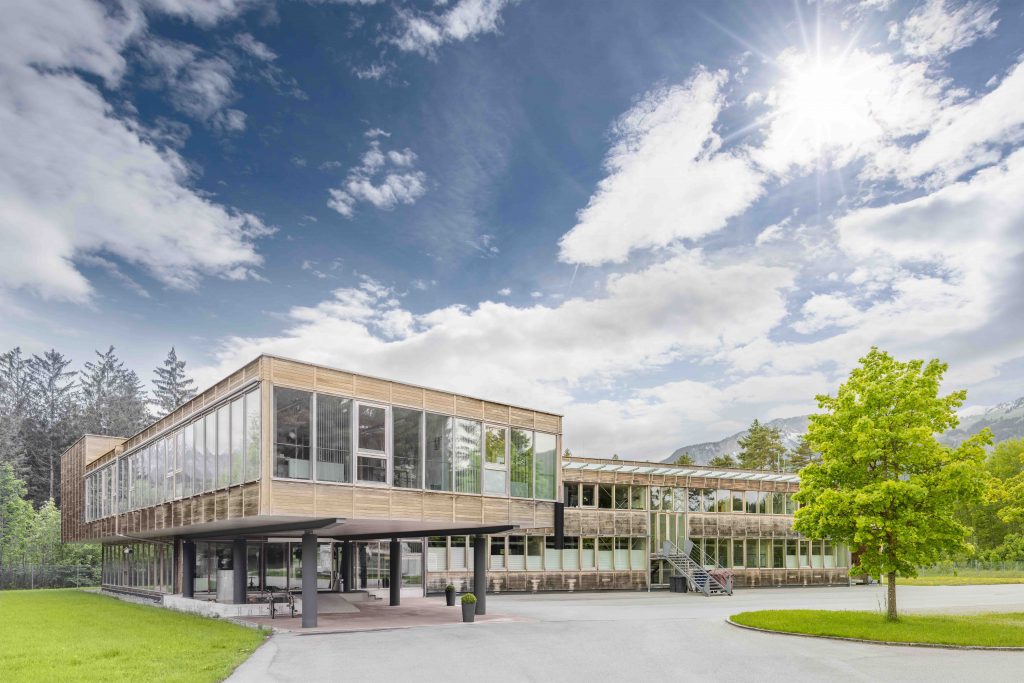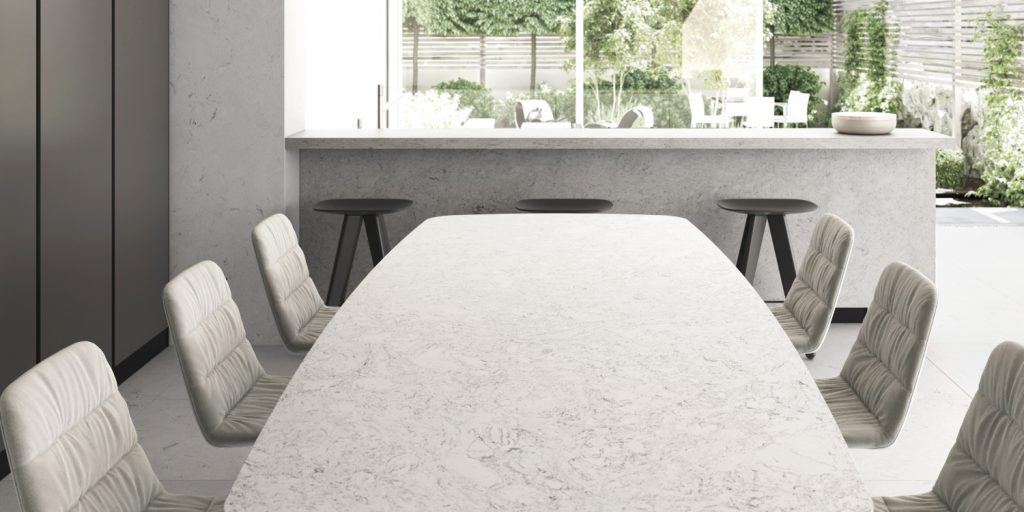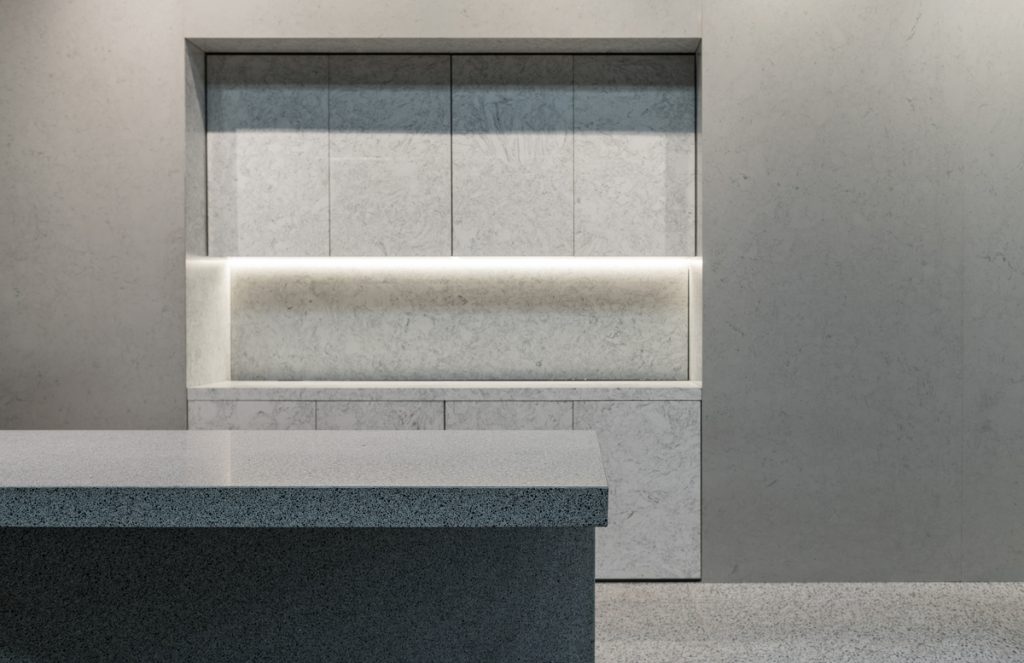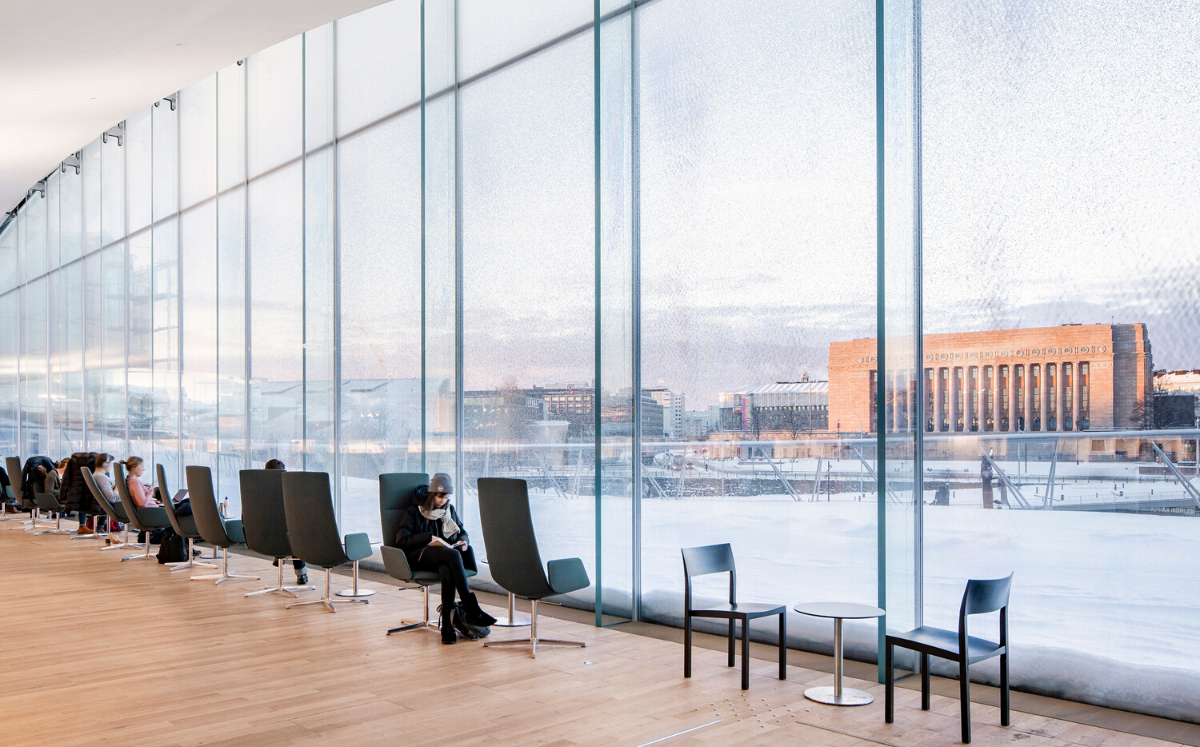
Green, eco-efficient, bioclimatic, sustainable or positive architecture. There are numerous labels and nuances for the praxis of a type of intervention. These have the ulterior purpose of being respectful with the environment. From its conception to its execution, with the use of resources and materials that attend to the same underlined labels.
More than a trend, professionals live with a need under measures such as the Sustainable Development Goals (SDGs) and Corporate Social Responsibility. Moreover, the individual sensitivity of each of the actors that are part of the industrial fabric chain throughout the line that is involved in the projects. From the companies that create and supply materials to specifiers and professionals, who project spaces and structures based on sustainable concepts applied to design and practice. Thus, the reduction of volatile organic compounds, the use of materials with greater efficiency and less energy embedded in their manufacture are pillars of the new scenario.
Good practices that applaud certifications such as the so-called Cradle to Cradle (C2C). This system recognizes and encourages innovation in the production of sustainable materials and products. It is based on five factors related to human health and the environment. These are: healthiness of the material, recycled content and recyclability of the product; use of water in the manufacturing process; use of renewable energy; and the CSR policy practiced by companies that choose to obtain certification at one of its three levels (basic, bronze and platinum).
Wood that surrounds structures and spaces
In this sense, as we have already been able to know in The Decorative Surfaces through examples described in previous articles. Specifically, the unique buildings that are distributed by cities such as Helsinki, Seoul, New York, Barcelona or Mexico City. The use of sustainable materials such as wood for the structural construction is a consolidated trend.
Likewise, interior designers around the world trust to use it regularly in their projects. Also applauded by entities such as the Mies Van der Rohe Foundation through its European Union Prize for Contemporary Architecture. Notably, also by the A+Awards of the Architizer magazine. In these, the jury has increasingly valued the intangibles that favour the circular economy, reuse and uniqueness of interventions, as well as those that add wood in creations.
Materials created with recycled materials

One step further are materials created from other recycled materials, such as glass. First, the industry discards the glass. However, afterwards, a company creates a new material from it, almost entirely with recycled glass. This is what COMPAC, the benchmark company for high-quality and durable surfaces for interior and exterior decoration, has done with its new launch: Obsidiana COMPAC. A material with which, according to the company’s director of Health, Safety, Environment and Quality (SHEQ), María Ferrer, “we replaced the mineral fillers that were traditionally used in materials such as natural marble with a residue from other industries to achieve greater sustainability”.
The challenge of this type of material is to preserve the characteristics that define its usefulness: aesthetics, quality, resistance and durability. In this sense, based on the example given, the expert explains that “with Obsidiana COMPAC we have worked with glass recycling suppliers to obtain a quality material, with technical and cleaning characteristics in terms of contamination levels that will not sacrifice its decorative condition, because we needed it to be aesthetic. ”
Likewise, Ferrer highlights that “thanks to our knowhow with other raw materials, we have achieved that the product has an improved quality than those offered by standard marble blocks, particularly from new applications”. All in all, “it has been a process as hard and as long as it is satisfactory because today, we can say that Obsidian is a new, resistant, quality material that complies scrupulously with the standards of an increasingly sustainable market,” emphasizes the head of SHEQ.
Disadvantages of natural marble compared to recycled glass and quartz

On the other hand, in addition to being less respectful with the sustainable chapter to which we refer, natural marble lacks chemical and acid resistance. Therefore, its use is not recommended, for example, for kitchen countertops or applications with high chemical load or exposed to everyday kitchen products, such as vinegar or lemon. By contrast, Obsdiana COMPAC’s recycled glass or technological quartz are indicated for this type of use and surface. The first has a silica base that gives it greater resistance, in addition to preserving the aesthetic aspects that the decorator or interior designer pursues with a high degree of demand.
Bids, materials, awards and institutional measures such as those mentioned mark a before and after for the industry and for professionals who are dedicated to building and creating spaces. Because the present is already sustainable, or it is not.

